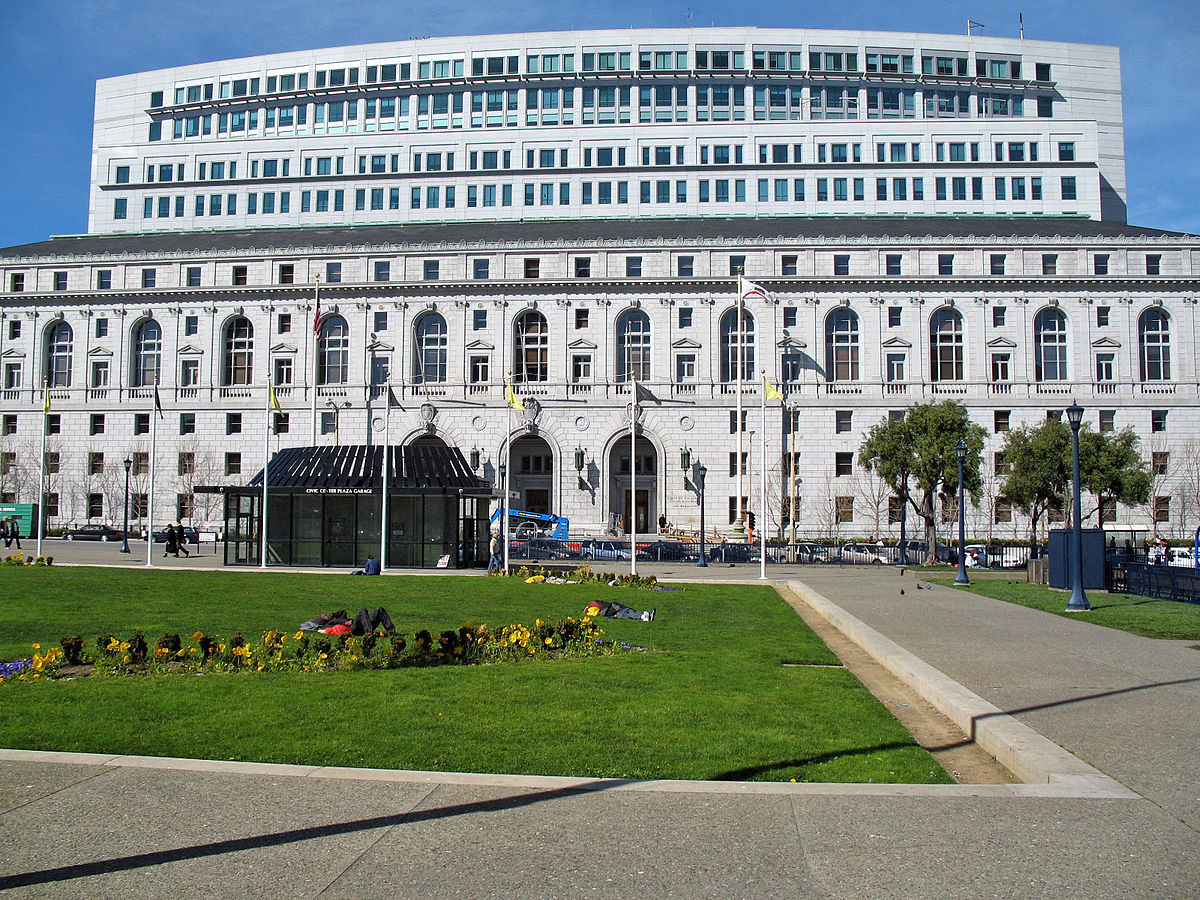
Elementary Students in Class. (Photo: SB Professional/Shutterstock)
Supreme Court’s School Choice Decision Opens the Floodgates, but Some States Ignore
‘Blue states like California, Illinois, New Jersey, New York have failed to recognize the school choice celebrations’
By Katy Grimes, July 9, 2022 11:02 am
California’s public schools were once the envy of the nation. Today, California’s public schools not only rank at the bottom of the entire country, the state spends approximately $22,000 per year for each child in the public school system to accomplish this.
California has approximately 6.6 Million K-12 Students: 6 million attending public schools, 471,000 attending private schools, and 84,000 attending homeschool, according to the Legislative Analyst’s Office. The state has 942 school districts operating 8,600 individual schools and enrolling approximately 5.3 million students.
California is ripe for public school reforms, but state and local government and big teacher’s unions are preventing students from receiving a quality education. And it’s not from a lack of demand.
“The freedom of parents to choose the best education for their children has just expanded thanks to a recent Supreme Court decision,” write Lance Izumi, Senior Director of the Center for Education at the Pacific Research Institute, and McKenzie Richards, a policy associate at PRI.
The published June decision by the Court in Carson v. Makin, ruled that the state of Maine could not prevent David and Amy Carson, Troy and Angela Nelson, and other similarly situated families from using otherwise generally available tuition assistance benefits at religious (or “sectarian”) schools simply because those schools provided religious instruction, the Heritage Foundation reported.
The two families challenged Maine’s decision to discriminate against religious schools as part of the state’s system of providing tuition assistance to families who lived in areas not served by a public school.
In the 6-3 opinion written by Chief Justice John Roberts, the Supreme Court ruled that Maine violated the free exercise of religion clause found in the First Amendment.
Only two days ago, Arizona Governor Doug Ducey signed the most expansive school choice legislation in the nation into law, “ensuring kids and families in every corner of Arizona can access the education that best fits their needs,” the Governor’s office announced.
H.B. 2853, sponsored by Rep. Ben Toma, ensures all Arizona K-12 students will now be eligible for scholarship funds to access the education that best fits their unique needs.
Arizona families will receive more than $6,500 per year per child for private school, homeschooling, micro schools, tutoring, or any other kinds of educational service.
But as Izumi and Richards explain, California and other states, do not currently allow government funding to follow the child to a private school, either secular or religious.
“The Carson ruling, in conjunction with previous Supreme Court rulings, will increase the learning options from which parents may choose for their children,” they explain. “In states that have school choice tools, such as government-funded education savings accounts for children, parents may now select from the entire spectrum of private schools, including those that are religious in nature and practice.”
The Heritage Foundation drilled down on the SCOTUS decision:
“When private individuals use taxpayer funding to choose a religious K-12 school for their children, those individuals are not using public money to establish a religion.
The Supreme Court noted that the state’s interest in not establishing religion and maintaining government neutrality on religion doesn’t justify cutting out parents who want to exercise their religious beliefs by sending their children to schools that provide religious instruction.
Maine chose to operate a tuition assistance program, but explicitly left religious schools out of the program.
…the court made it abundantly clear that picking and choosing who receives public benefits that are otherwise available to all, based on whether they are religious or want to use that benefit in a religious way, offends the First Amendment.
Now the Supreme Court has put the ‘status versus use’ distinction to rest and simultaneously ruled that your beliefs and values matter.”
Former State Senator Gloria Romero, a long time school choice advocate, said in a January California Globe op ed, “blue states like California, Illinois, New Jersey and New York have failed to recognize the school choice celebrations, too-beholden to teachers’ unions which play an outsized role in elections and the delivery of zip-code educational policies in their states.”
“Nonetheless, the fight for school choice continues to grow, with multiple state legislatures seeking ways to revise funding formulas to not only support greater access to charter schools and homeschooling options, but to provide educational savings accounts for parents to choose the best option for their child.”
Romero said rather than funding “the system,” there is a noticeable push to fund “the child,” enabling money to go with the student to the school of their choice.
“Going forward, it will be up to proponents of school choice to ensure that lawmakers allow families to make those crucial decisions to the full extent laid out by the Supreme Court, thus transforming legal theory into a practical reality,” Izumi and Richards said.
Earlier this year, California Gov. Gavin Newsom announced his education spending plan amounting to some $119 billion including local, state and federal sources, raising per-pupil spending to $20,855, and making California one of the highest spending states in the country, Romero continued.
“California does not suffer for lack of financing. Almost half of each annual California budget is dedicated to education, yet reforms which would close academic learning gaps are typically defeated by the union affiliated California Legislature. Today, just 34% of California 4th-graders scored proficient in math on the 2019 National Assessment of Educational Progress (NAEP), placing the state 44th nationwide.
- California’s Open-Carry Gun Ban Struck Down by Ninth Circuit - January 3, 2026
- Sable Pipeline Gets Go-Ahead to Restart California Pipeline - January 2, 2026
- More Prop. 50 Redistricting Contributions and Expenditures and $31M to Consultants - January 2, 2026





Our “leadership” in CA, led around by the nose by the public employee unions, especially the teachers’ unions, will scratch and claw and spit and growl to prevent parting ways with ONE DOLLAR of the money they have come to expect from the state. Because state “leadership” has done pretty well by simply IGNORING what they have been ordered to do, whether from lawsuit settlements and court rulings, including Supreme Court rulings, I’m wondering what leverage is left to us to have them follow this particular ruling. I was very happy when I heard about it, and I’m hopeful about it, but I really don’t know. I wish someone out there could provide an answer, or at least advise patience. This is a very important ruling, but all we seem to see in response to these cases is ignore, ignore, ignore from the usual suspects. And in this state we don’t exactly see judges who have made rulings for plaintiffs drag those who don’t comply into court and tell them “you will comply or you will be taken into custody.” Unless I missed something, of course.
We need “Data Driven Democracy”, based on facts not ideology, computer modelling and Woke-ism.
Unions influence Democratic Party Politics because of the money those unions donate – This money ensures that the interests of the union leadership and maybe the union members is highly leveraged in the formulation and exaction of public policy, far exceeding the relative numbers of voters in those unions– THIS IS UNDERMINES DEMOCRACY. Teachers Unions: Does the teachers union act to benefit the students or the teachers?
My vision: Only citizens of the jurisdiction can contribute to elections (money, time, in-kind) — Perrsons who cannot vote in that jurisdiction cannot contribute to the elections.
????????????????